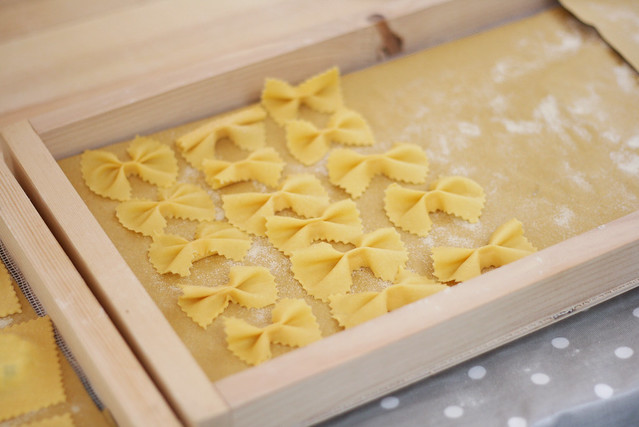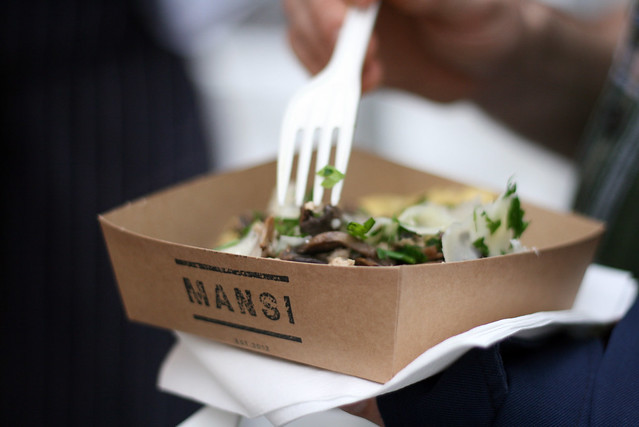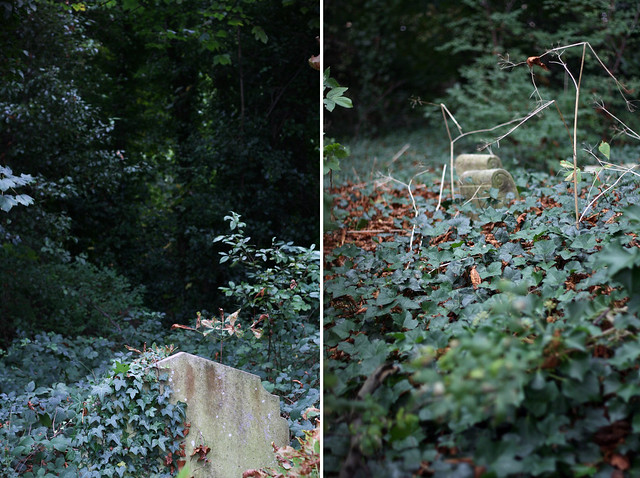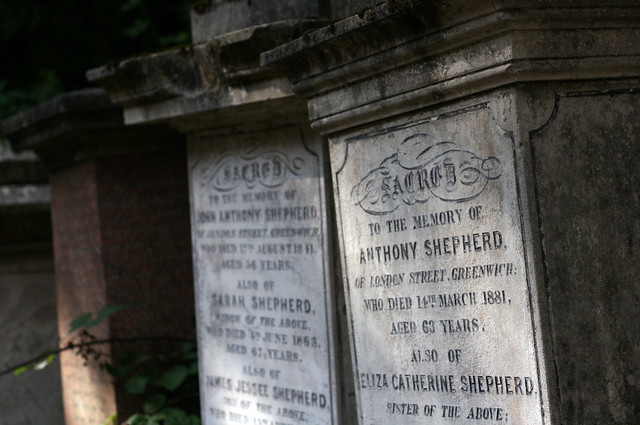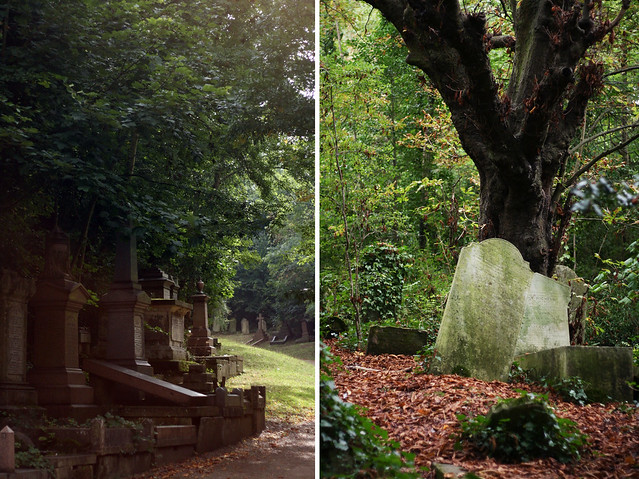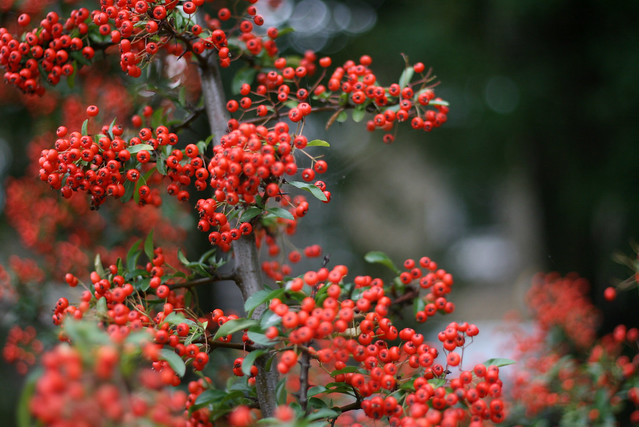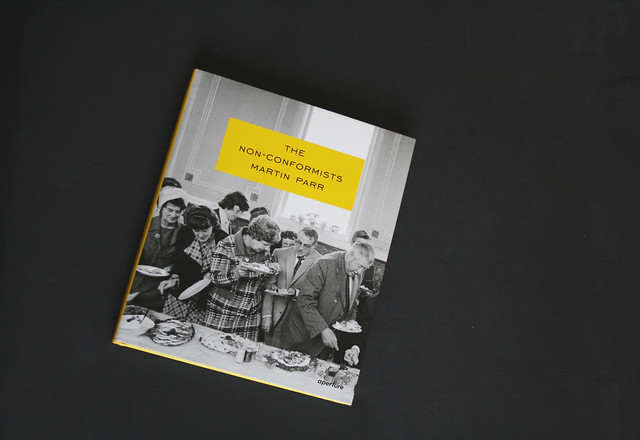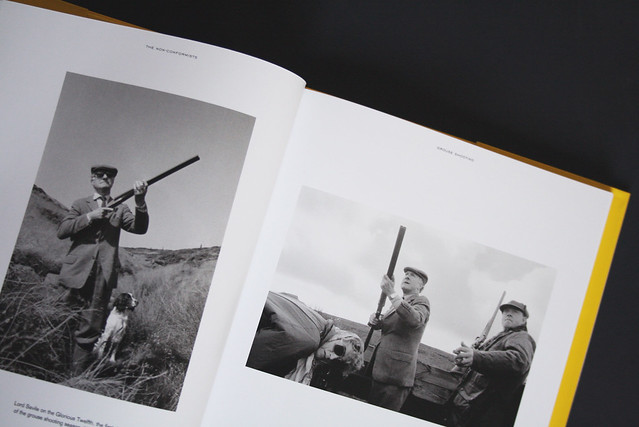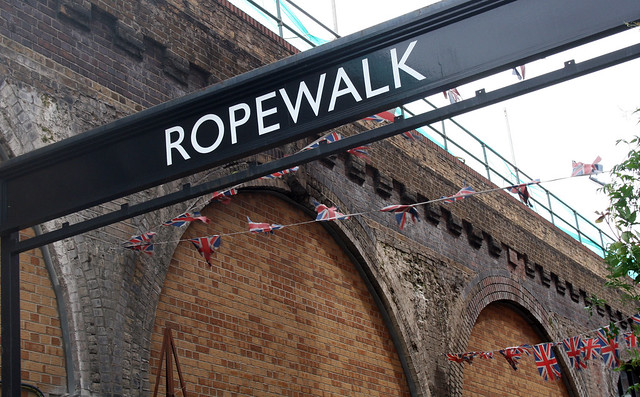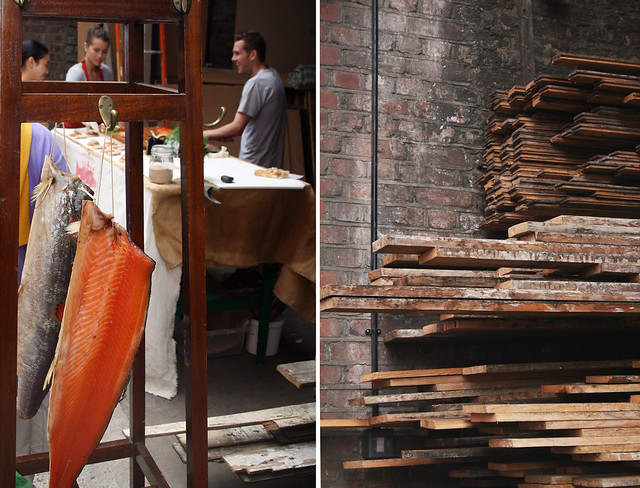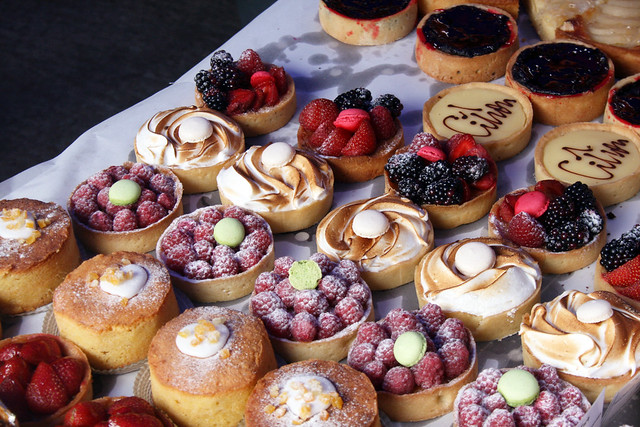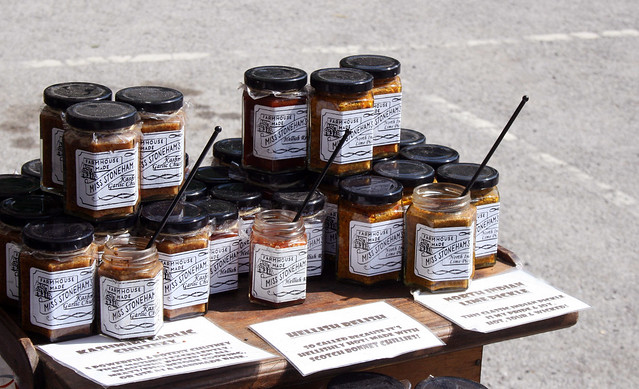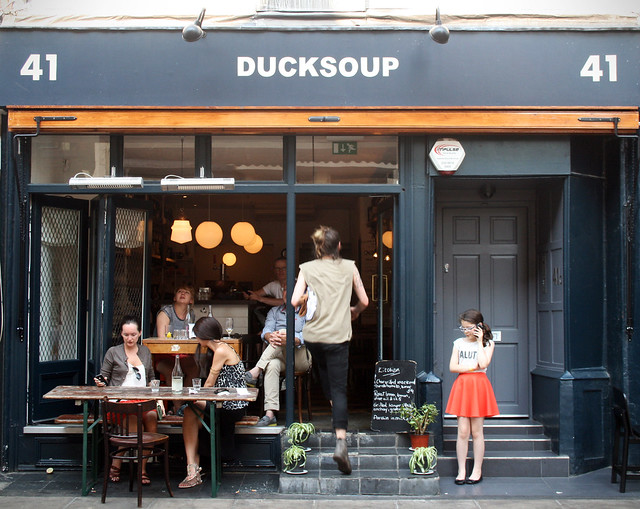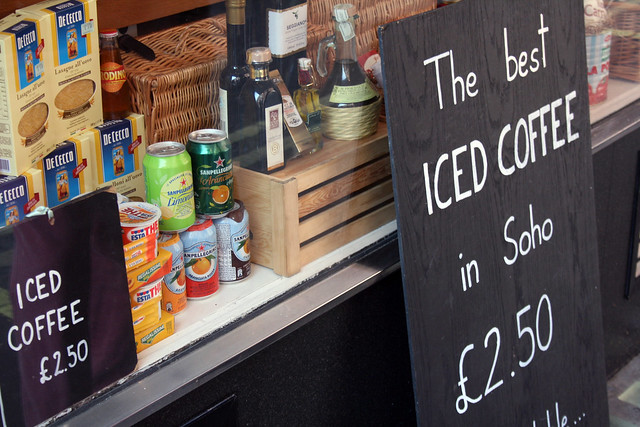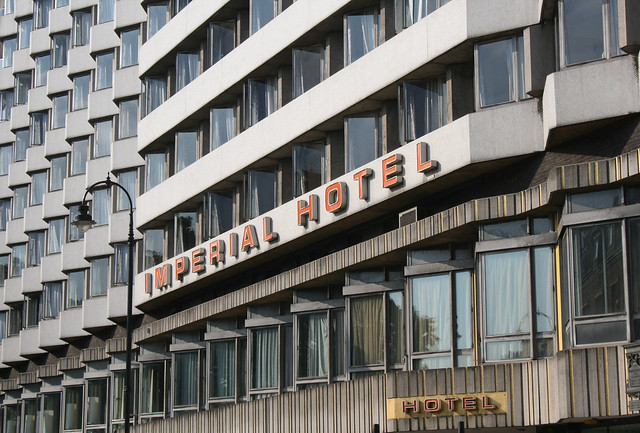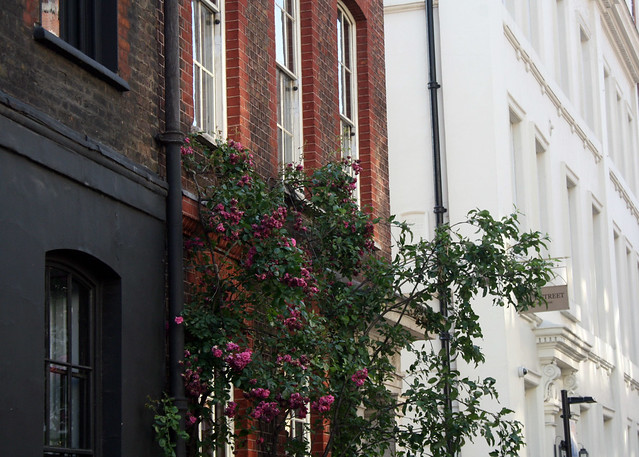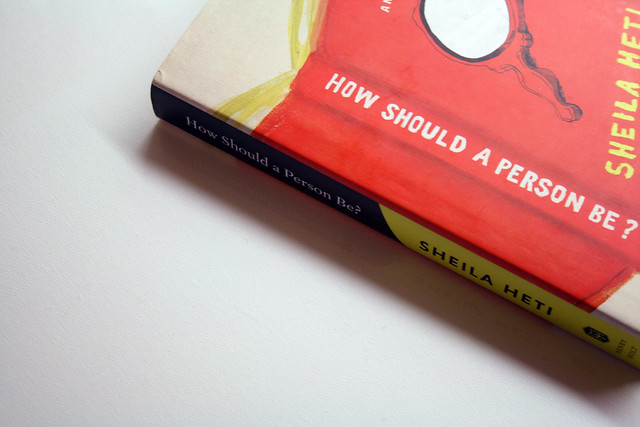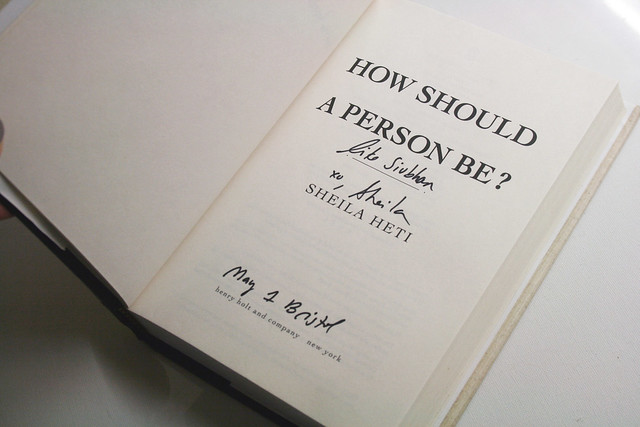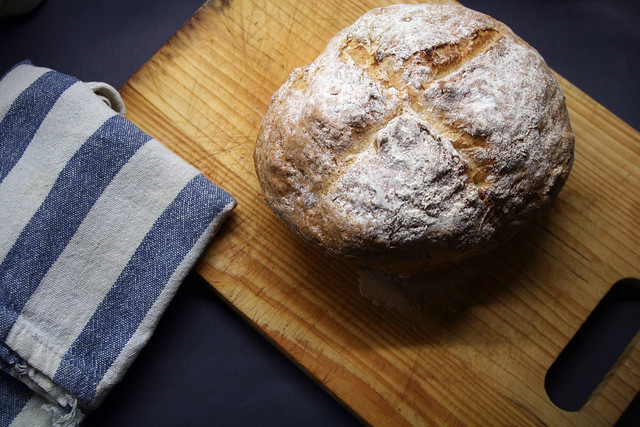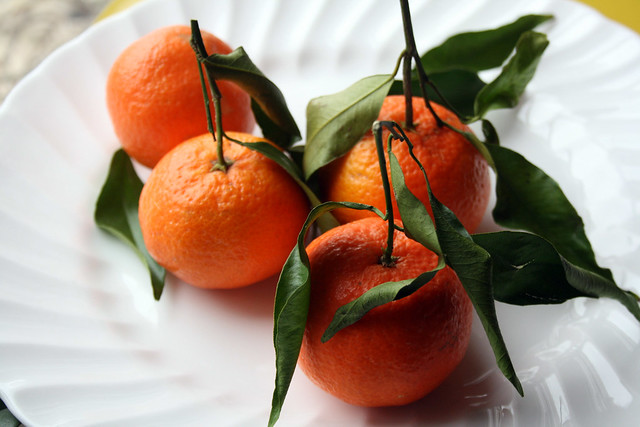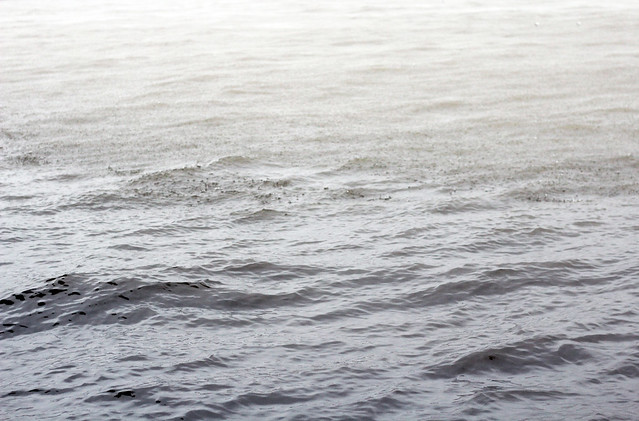
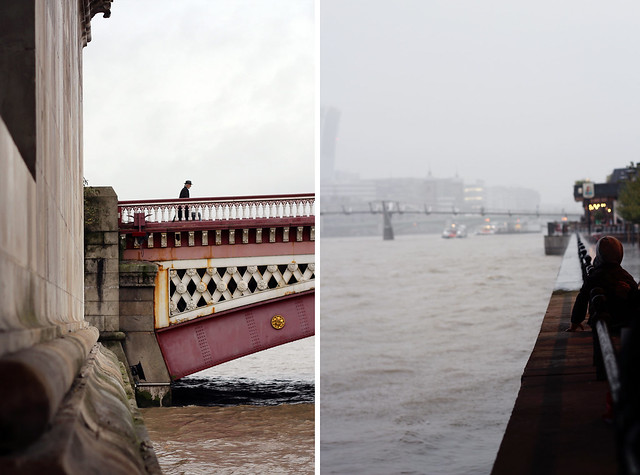


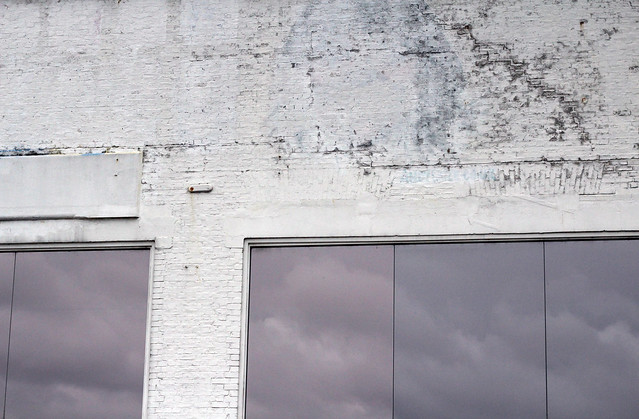
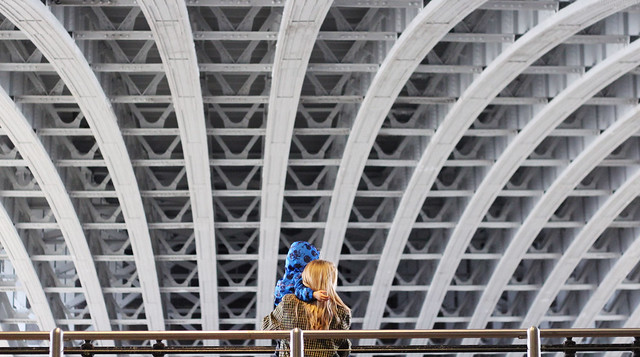
As I left the house, in the sunshine, I did briefly consider unlocking the door again and going back for my umbrella. But I didn't.
At the end of Sarah Lyall's New York Times piece last week about her (lack of) ability to fit in with the vicissitudes of London life (which I read before leaving, amusingly) she exhorts people visiting London to 'wherever you go, always take an umbrella.' A comment underneath it remarks on the fact that Londoners seem never to carry umbrellas, and always just wander around dripping and miserable when the inevitable shower blows in.
I, fledgling Londoner that I am, seem always to remember my umbrella when the weather is sunny and forget it when it rains. Not on purpose of course – it just seems to work out that way, and I'm always left either soaked through or feeling conspicuously overcautious. There aren't very many middle grounds in London as it turns out, especially when it comes to the weather.
I, fledgling Londoner that I am, seem always to remember my umbrella when the weather is sunny and forget it when it rains. Not on purpose of course – it just seems to work out that way, and I'm always left either soaked through or feeling conspicuously overcautious. There aren't very many middle grounds in London as it turns out, especially when it comes to the weather.
This time at least, walking along the Southbank from Waterloo to the Tate Modern, there were plenty of geometrically satisfying Thames bridges to huddle underneath with all the other umbrella forgetters, rained-on busking flautists and inferior-quality cagoule wearers. One puddle-jumping dash to the Tate, another to London Bridge, and I drippily made it home to my dry flat and my told-you-so umbrella. I'll probably go back for it the next time.

